‘Oxygen is necessary, but it can also ruin a wine’Oxygen makes up 20.8% of the air. It’s a colourless, tasteless gas, and there was very little of it in the atmosphere until plants came along – they produce it during photosynthesis as a by-product. We breathe it, and use it for respiration to break down food to produce usable energy. But it also has a dark side: as well as bringing life, it can damage us, hence the need for antioxidants to protect our cells and tissues.
Oxygen also plays a dual role in winemaking. It’s necessary, but it can also ruin a wine. So one of the keys to making sound wines is oxygen management, allowing it access to wine at the right stages, and not at others. The interaction of oxygen with wine is a complex matter and it’s easy to get sucked into some hardcore wine science, but in this article I want to introduce some of the key players and concepts in a digestible way.
‘Phenolic compounds have two sides to them’There are two sorts of oxidation in wine. The first, which happens at juice stage, is called enzymic oxidation. This is what happens if you cut an apple open and leave the cut surface in contact with air: it will brown. As in apples, there is an enzyme present in grapes called polyphenol oxidase (PPO). There’s also a version of PPO produced by microbes called laccase, which does the same thing.
With white wines, sometimes winemakers try to protect the must from oxygen – for example, by excluding it by using inert gases or dry ice, and using sulfur dioxide at grape reception – because they want to preserve fruity compounds like esters, but in other cases they will let the juice oxidise and turn brown, knowing that it will clean up during fermentation. The latter process allows a group of compounds called phenolics to oxidize and thus fall out of the must, which then protects the wine later in its life. The former approach preserves fruity aromas, but also the phenolics, which makes the wine fragile later in its life. In this case, pressing is usually delicate to minimize the phenolics in wine. As we will see later, phenolics are important players in the second form of oxidation, known as chemical oxidation.
For red wines, things are quite different. This is because phenolic compounds have two sides to them as far as oxygen is concerned. They are players in the chemical oxidation process, but they also protect against oxidation because they can scavenge free radicals (also baddies when it comes to oxidation) and thus play a protective role. Red wines with high phenolic compounds are protected from oxidation, but white wines with high phenolics are more at risk. As you can see, oxidation is actually quite a confusing topic.
‘Oxygen is actually a good dude most of the time’Chemical oxidation is the process that happens in wine. Let’s try to unpack this subject in a way that’s easy to follow, by personifying the key players. Oxygen is actually a good dude most of the time, and isn’t very reactive in contact with wine. It’s only when oxygen goes drinking with two of his mates that things get nasty. One of these is Transition Metal Ions, and the other is Phenolics. With these two dudes in tow, oxygen becomes highly reactive. He’s trouble. [The transition metal ions are iron, copper and manganese, with the former being the most important in wine; phenolics are a group of compounds that are chains of phenol groups joined together, and they include tannins, anthoxyanins and catechins.]
The first stage in wine oxidation involves oxygen (O2) reacting with iron (Fe2+) ions to release what are known as radicals. In this reaction the Fe2+ becomes Fe3+, while O2 becomes HO-O, the hydroperoxyl radical. Free radicals like this are highly reactive short-lived fragments of molecules capable of causing chemical havoc.
This is where we introduce participant three into the story, the phenolic compounds in wine. Phenolic compounds such as catechol are vital players in the oxidation process. Without copper and iron, wine wouldn’t oxidise. It’s also the case that without phenolic compounds, wine wouldn’t oxidise either. Specifically, we are interested here in phenolics with a particular chemical structure on them. They are known as o-diphenols, and include gallic acid, caffeic acid, caftaric acid, epicatechin and catechin. They are very reactive with the hydroperoxyl radical, and here the diphenol is oxidised to a semiquinone, and then to a quinone. These quinones will go on to react with wine components. Hydrogen peroxide is also produced in the same process that produces quinones, and this can react with molecules present in the wine. As alcohol is relatively abundant, this reacts with the hydroxyl radical and the result is acetaldehyde. And organic acids will be oxidised to keto acids.
Phenolics are contributing to oxidation, but they also have a protective role against oxidation in red wines and skin contact whites, because there are enough polyphenols present that they can effectively put out the fire that the combination of oxygen, phenolics and metal ions started in the first place. For this reason, red wines are able to absorb quite a bit more oxygen than whites without deleterious effects.
‘Sulfur dioxide is not an antioxidant itself’One way to protect against oxidation is to add sulfur dioxide. This reacts with the two key intermediates of oxidation – the quinones and hydrogen peroxide – thus preventing oxidation, but it doesn’t really react directly with oxygen. So it clears up some of the products of oxidation, rather than being an antioxidant itself.
Ascorbic acid (vitamin C) is a famous antioxidant, and it is used in wine. The concept is a straighforward one: by adding an extra antioxidant in addition for SO2 – a sort of belt and braces approach – the wine is protected more than it would be with just SO2 alone. And this might permit the use of lower SO2 levels. But in practise it is more complicated. It seems that ascorbic acid may have a pro-oxidative role, depending on the levels of both these compounds in the wine. If ascorbic acid is used in combination with SO2 at relatively low levels it can cause accelerated consumption of SO2 and accelerate browning reactions, so it should be used with extreme caution, and always with plenty of SO2.
Oxygen during fermentation
So we have discussed oxygen with respect to the specific fault of oxidation. There’s also another important discussion we need to have, and this concerns the loss of quality through poor oxygen management. During fermentation – and particularly with red wines – oxygen is needed, as it helps the yeasts do their job. So red wines are handled quite oxidatively during fermentation.Oxygen during fermentation strengthens the cell walls through encouraging sterol synthesis, and the yeasts are then better able to resist the stresses that come later as the alcohol levels rise. Oxygen at this stage helps encourage the formation of stable colour in red wines, and the transformations such as the development of tannin–anthocyanin complexes help modify the mouthfeel of red wines. This can be referred to as macro-oxygenation, which is the relatively large dose of oxygen that wine experiences during primary fermentation. Then there is micro-oxygenation, the smaller exposure to oxygen occurring during barrel ageing, or ageing in tank with the deliberate introduction of small doses of oxygen. Finally, there is nano-oxygenation, which is the very limited exposure to oxygen that occurs post-bottling through closure oxygen transmission. As the wine develops it gets progressively more sensitive to oxygen, but some oxygen exposure at the right amount can be positive.
‘The characteristics of oxidized wines’What are the characteristics of oxidized wines? The first is the development of acetaldehyde, the oxidation product of alcohol. This smells quite appley. The second is the development of another wine fault, volatile acidity. This is when a wine begins to take on a vinegary smell: a little bit of volatile acidity can provide a lift to the nose, but too much is unpleasant, and adds a sweet and sour character to the palate. There’s also the nuttiness that comes from a compound called sotolon. And there are colour changes: white wines turn a more golden or orange hue, with some browning hints, while reds lose their brightness and become more orange, with a brick red or brown rim. There’s also the loss of fruitiness.
And then we hit the interesting complication of wines that are supposed to have some oxidative characteristics. Most famous among these would be the fortified wines Madeira, Tawny Port and Oloroso sherries. These are aged for a long time in barrels, and characteristics that would be considered a fault in other wines are actually desirable here. Even Fino sherry, which is not oxidized and must be treated like a white wine once opened, has noticeable levels of the appley compound acetaldehyde as part of its flavour signature, a product of the oxidation of alcohol. And wines that have been aged for a long time in bottle have some characteristics of oxidation: the fruit has receded and in red wines the tannins have softened.
Deciding whether a wine is merely oxidative – showing some characteristics of oxidation but still sound – or oxidised is, therefore, a judgement call. In this case, it’s a bit like other faults, such as reduction and Brettanomyces, where context matters a great deal. Spotting oxidative characters in an aged Amarone is very different to spotting them in a young commercial red wine. This is a big consideration when tasting in competitions, of course.
So, there we have it: a quick introduction to oxygen. Normally a good guy, but in the wrong company, he can be quite a problem.
Dr Jamie Goode completed a PhD in plant biology and worked as a science editor before switching to wine. He writes widely for a range of magazines, has written four books, including Wine Science, and lectures and judges wine around the world. He is co-chair of the International Wine Challenge.

 English
English French
French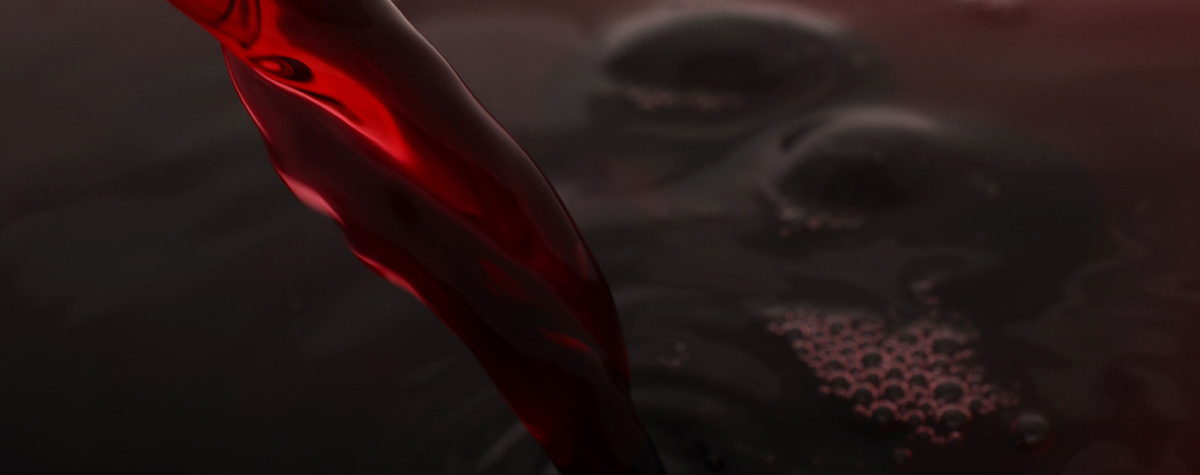


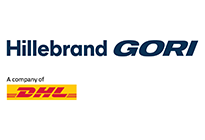

.png)
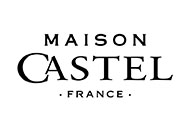



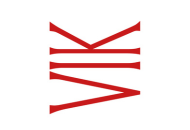

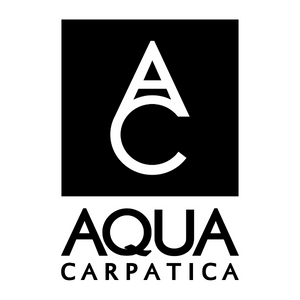
.png)
